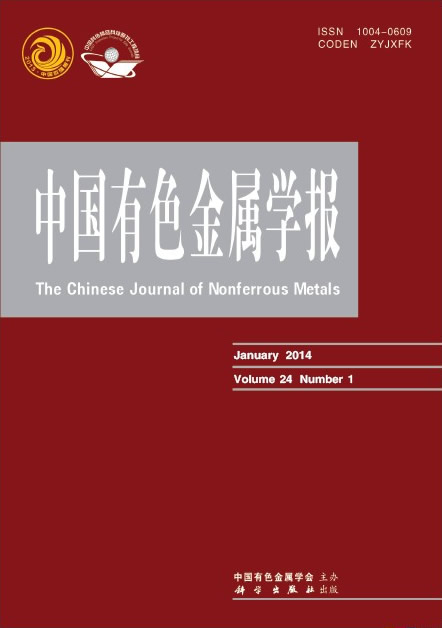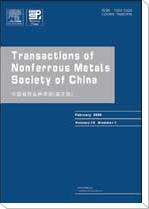中国有色金属学报(英文版)
Transactions of Nonferrous Metals Society of China
| Vol. 35 No. 9 September 2025 |
(1. School of Minerals Processing and Bioengineering, Central South University, Changsha 410083, China;
2. State Key Laboratory of Mineral Processing Science and Technology, BGRIMM Technology Group, Beijing 100070, China)
Abstract:The size and distribution patterns of bubbles within a laboratory-scale coarse-particle flotation column were examined using a high-speed camera-based dynamic measurement system. The effects of operational parameters such as superficial water velocity, air-flow rate, and frother dosage on bubble-size and distribution characteristics were investigated. This study aims to provide theoretical support for enabling fluidized-bed flotation within coarse-particle flotation columns. The results show that negative pressure for air inspiratory and bubble formation is generated by passing a high-speed jet through a throat, and the greatest number of bubbles are observed under natural inspiratory state at an air-liquid ratio of 1?3-1?2.5. Increasing the air-flow rate transforms the bubble diameter distribution from a peaked distribution to a more uniform distribution. Furthermore, the frother narrows the range of bubble-size distribution. A positive correlation exists between the bubble Sauter diameter and air-flow rate, with the bubble Sauter diameter bearing a negative correlation with the superficial water velocity and frother concentration.
Key words: coarse-particle flotation; fluidized-bed flotation; bubble size; superficial water velocity


